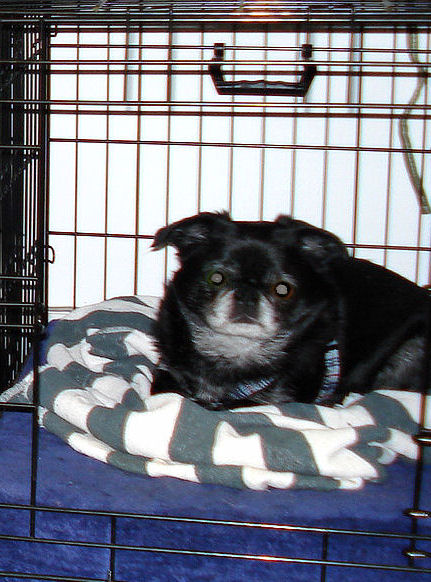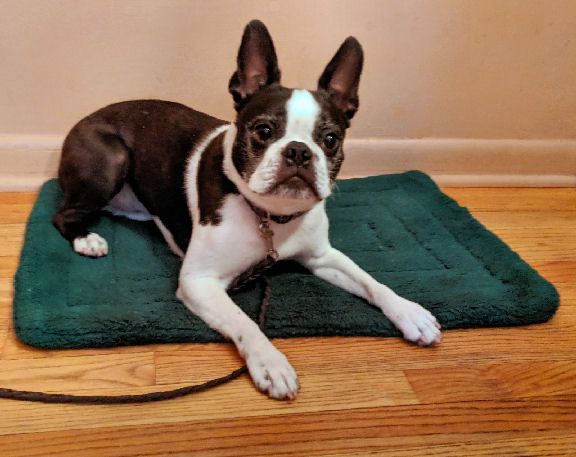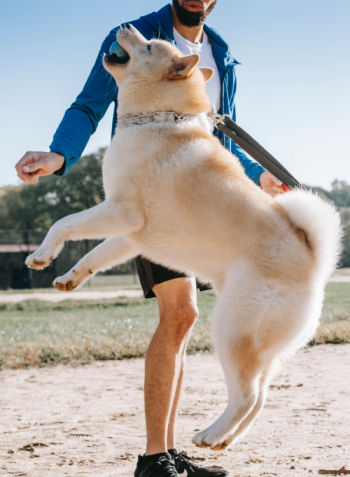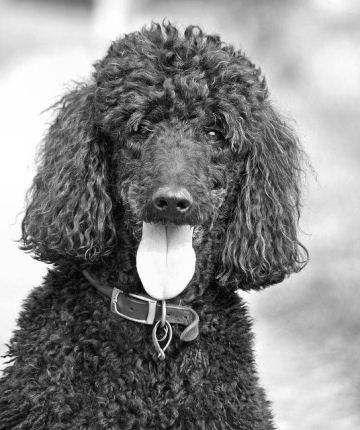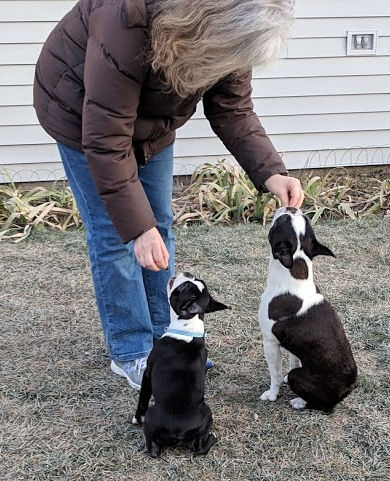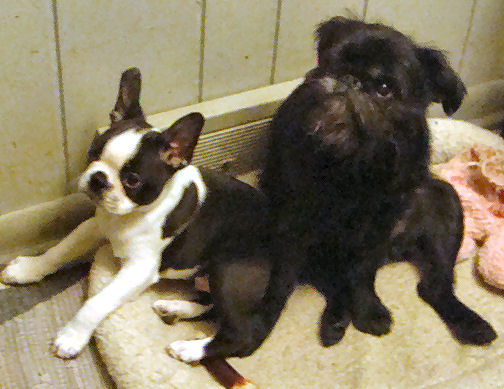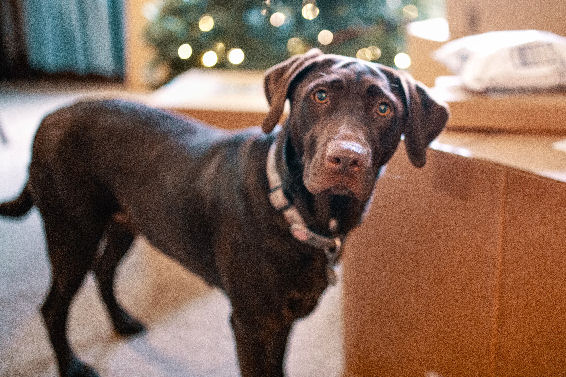It’s easy to train a “good” dog. But bad dogs make us better trainers.
One of the best dog trainers in the world has gotten even better over the last couple of years. Why? In addition to a Border Collie, which most of her dogs have been, she acquired a Boxer mix.
We follow her pretty regularly online where she has multiple dog training venues, mostly about agility training. And we’ve seen how her training has changed with the addition of a non-traditional performance breed.
Not, by any means, stupid
Border Collies are known for being the “smartest” breed of dog. They are certainly smart, eager to learn, and team with their humans. But that’s what Border Collies were bred to do. The breed was developed for a job that requires human interaction and direction. Border Collies are great at herding sheep. You can watch them in some great online drone videos. They’re tremendous workers. And there’s always a person telling them what to do with the sheep.
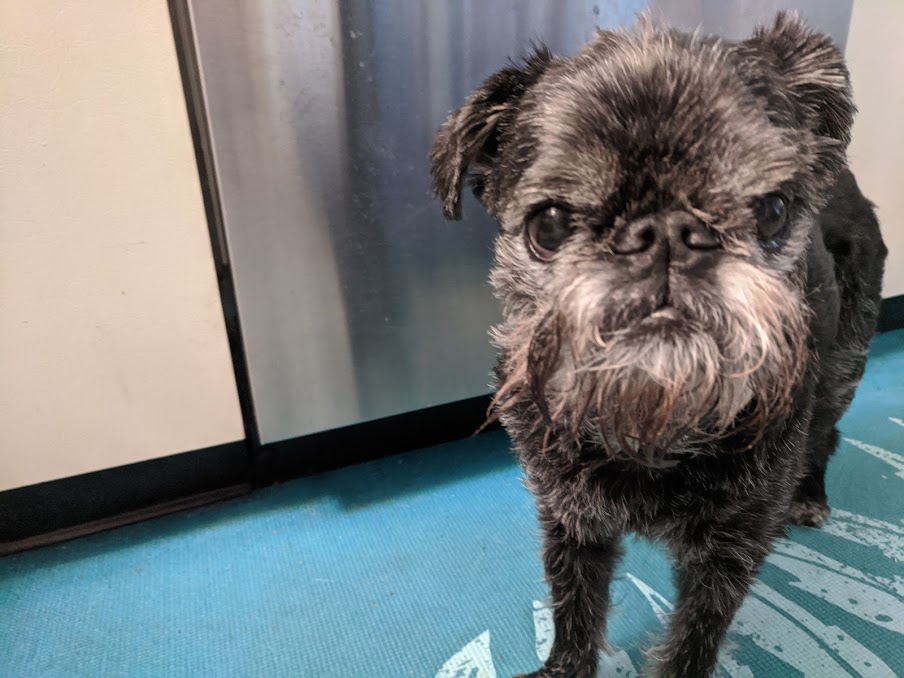
Other breeds, maybe including yours, were developed for other purposes. Terrier breeds are almost all independent workers. Most were bred for pest control. They know their job and they don’t need anybody to tell them how to do it. Partnering with a Terrier requires more effort.
Worth the challenge
Finding ways to partner with a dog not known for being obedient, or a “good worker,” requires us, as trainers, to be more creative. To engage our dogs, we have to create and present games in ways they find intriguing.
That may mean your Terrier needs more motion in the games than a Bulldog. If you’re playing “Put Your Toys Away,” that may mean tossing the toys instead of dumping them in a pile.
That dog may respond better to loose-leash walking games if you have a rope toy and play “tug” as a reward for paying attention.
Adjust to the dog you have
Training bad dogs, like our own Brussels Griffon, Boston Terrier, and French Bulldog crew, has made us better trainers. The one we learned the most from was the worst dog – Fran’s “Hellhound” Tango. Turning him from an aggressive, nasty little dog into a sweetheart has been a journey. (You can read about our journey with him in Tango: Transforming My Hellhound.)
Each of your dogs makes you a better trainer. Because each one will have a different way of learning. They’ll catch on to commands and behaviors in their own ways, and lead you to explore all kinds of ways of training.
If you’re ever stumped trying to connect with your dog about a particular game, stop and think. Consider the games where your dog caught on quickly and still loves. How can you use pieces of that success in what you’re working on? (See the 2-Minute Tip: “Build on what your dog knows.”)
Alien species
There really aren’t any bad dogs in terms of training. Every dog can learn. When you consider all the obstacles to communicating with a different species, you’ll appreciate how extraordinary it is that our dogs partner with us at all.
That communication goes both ways. While you’re seeking ways to explain things to your dog, pay attention to what your dog is telling you. It may not be in words, but you can tell. Eager participation, but wrong choices, mean he’s confused. Turning away may mean fear of being wrong. Offering all kinds of behavior, but not the one you want could be lack of focus.
You don’t have a bad dog. You have the opportunity to be an outstanding dog trainer.

